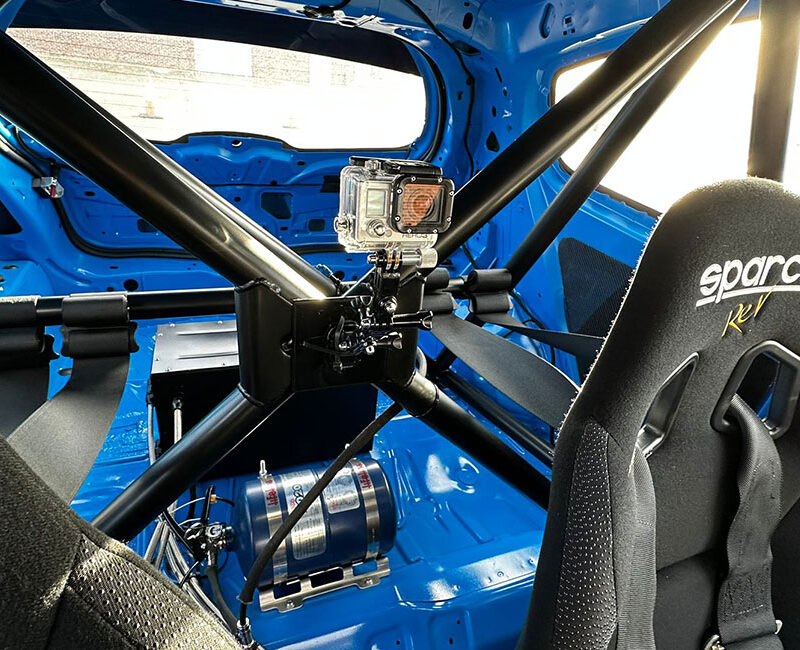Electronics and Data Systems for the Modern Track Car
In the realm of modern motorsport, the use of sophisticated electronics and data systems has become increasingly prevalent. For track cars, these systems offer a wealth of information that can be used to enhance performance, strategy, and driver skills. This article explores the various electronic and data systems available for track cars, how they can be integrated effectively, and the benefits they bring to the racing experience.
The Role of Electronics in Track Cars
Modern track cars are often equipped with advanced electronic systems that manage everything from engine performance to telemetry data. These systems not only improve the car’s capabilities but also provide valuable data that can be analysed to gain performance insights.
Key Electronic and Data Systems
- Engine Control Units (ECUs): The ECU is the brain of the car, managing engine parameters for optimal performance. Modern ECUs can be tuned and programmed for specific performance requirements.
- Data Loggers: These devices capture a wide range of data, including speed, RPM, gear position, throttle and brake application, G-forces, and more. This data is crucial for analysing performance and making improvements.
- Telemetry Systems: Telemetry allows for real-time data transmission from the car to a pit crew or engineer, enabling immediate feedback and adjustments.
- Lap Timers and GPS Units: These provide precise lap times and can track the car’s position on the track, helping drivers to analyse and improve their lines and cornering techniques.
- Dash Displays and Digital Instrumentation: Modern dash displays provide comprehensive information in a clear and concise manner, allowing drivers to focus on driving rather than interpreting data.
- Video Systems: Onboard cameras combined with data overlays offer a visual representation of a lap, which can be invaluable for driver coaching and performance review.
Integrating Electronics and Data Systems
- Compatibility: Ensure that all electronic components and systems are compatible with each other and can share data effectively.
- Professional Installation: For complex systems, professional installation is recommended to ensure optimal functionality and reliability.
- Software for Data Analysis: Utilise software designed to analyse data from your logger and telemetry systems. This software can reveal trends, highlight areas for improvement, and track progress over time.
Benefits of Electronics and Data Systems in Track Cars
- Performance Optimization: Fine-tuning engine settings and analysing performance data can lead to noticeable improvements in lap times.
- Driver Development: Data analysis can highlight areas where a driver can improve, such as braking points, cornering speeds, and throttle application.
- Strategic Decisions: Real-time data can inform strategic decisions during races, such as tyre management and fuel usage.
- Maintenance and Reliability: Monitoring system data can help preemptively identify potential mechanical issues, avoiding breakdowns and costly repairs.
FAQs for Electronics and Data Systems in Track Cars
Q: Are advanced electronics and data systems necessary for amateur racers? A: While not necessary, they can provide significant benefits in terms of performance analysis and driver improvement, even for amateur racers.
Q: How can I learn to interpret the data from these systems? A: Many data logging and telemetry systems come with dedicated software that includes tutorials. Additionally, there are numerous online resources and courses available.
Q: Can these systems improve safety? A: Yes, by monitoring car performance and health, they can provide early warnings of potential issues.
Q: What is the most important data to focus on for track performance? A: Key data points include lap times, braking and acceleration points, cornering speeds, and tyre temperatures.
Q: How much should I expect to invest in these systems? A: The cost can vary widely, from relatively affordable basic lap timers to high-end telemetry systems costing several thousand pounds.
In conclusion, electronics and data systems have become integral components of modern track cars, offering drivers and teams a deeper understanding of both car and driver performance. By effectively integrating these systems into your track car, you open up a new dimension of data-driven improvement, fine-tuning both the machine and the pilot for optimal performance on the track.

